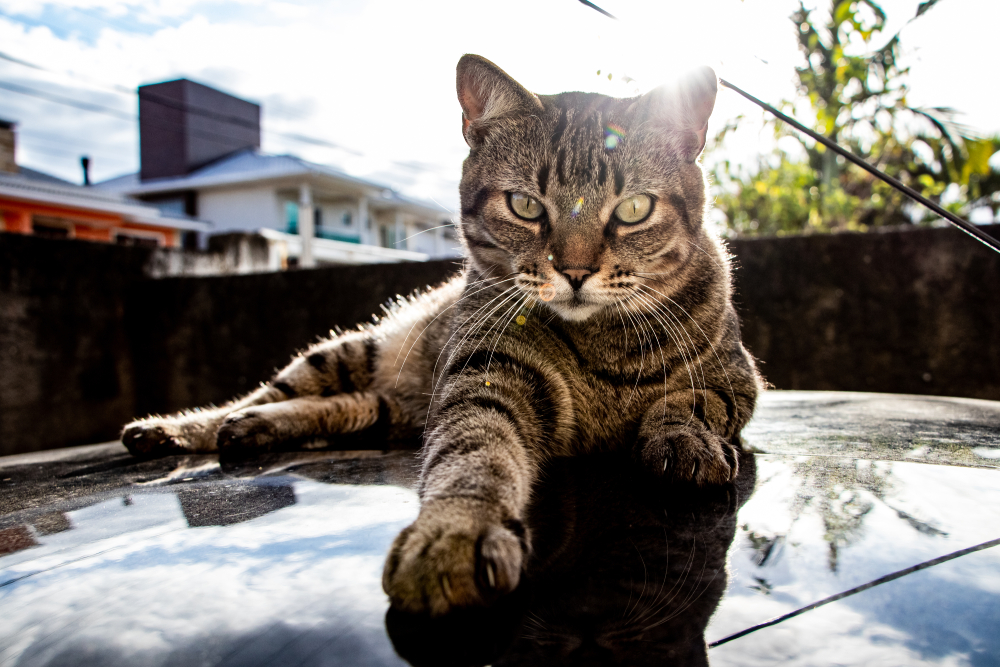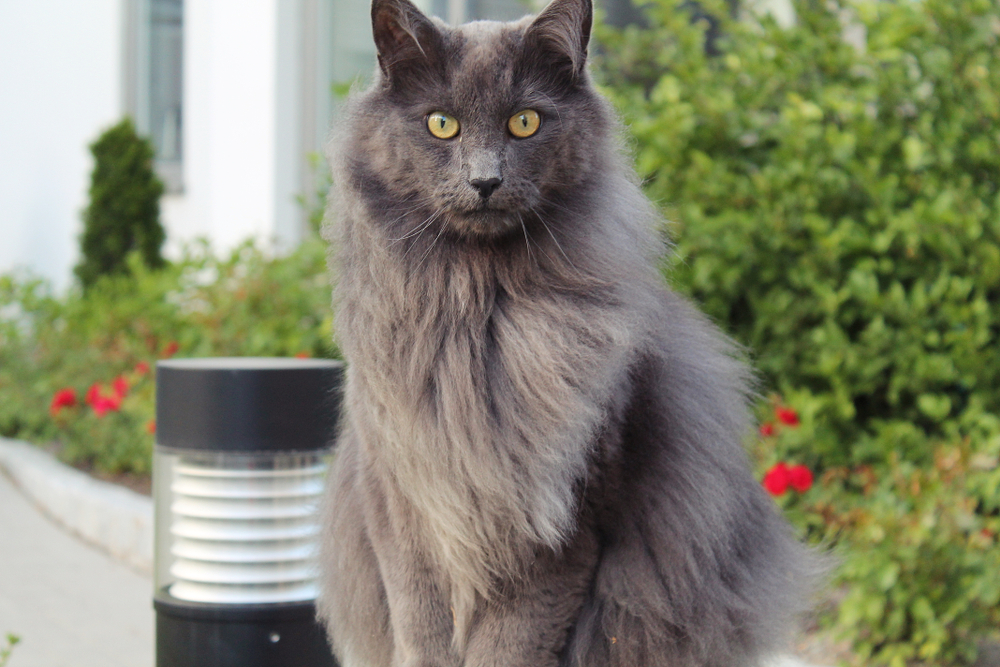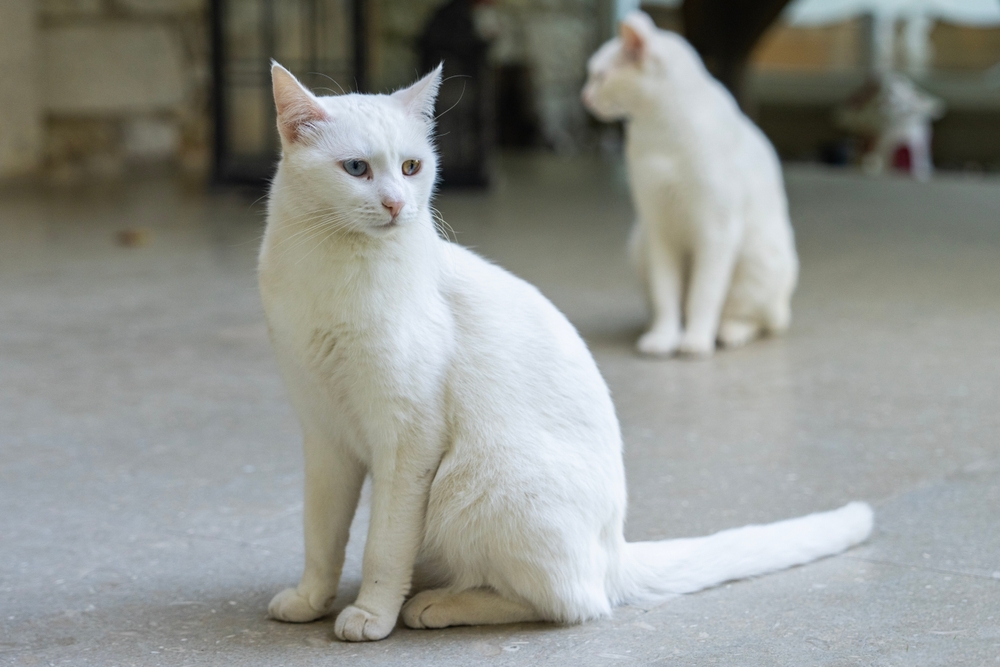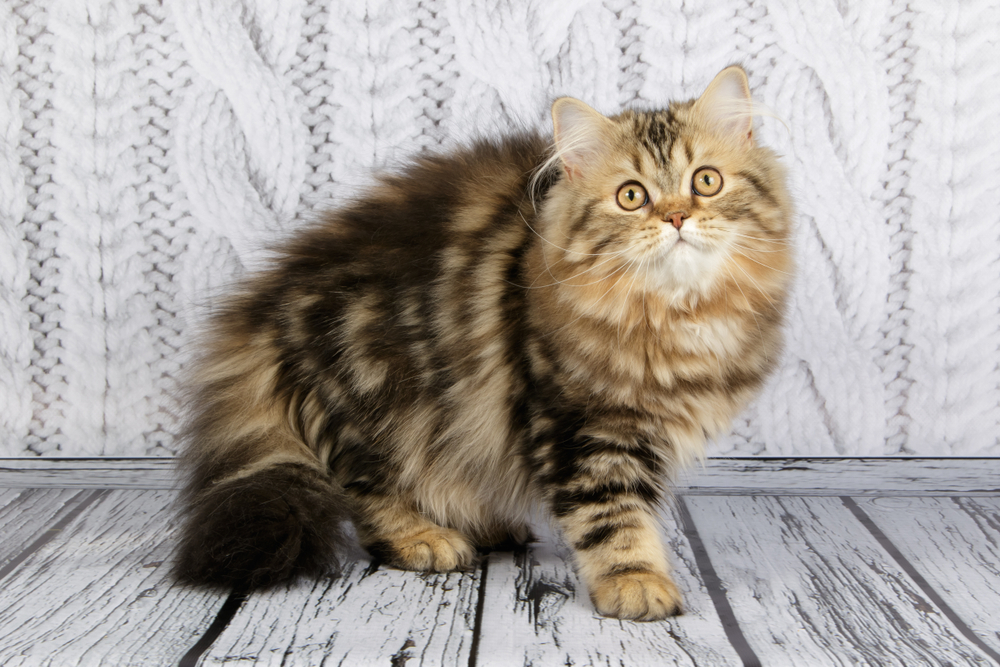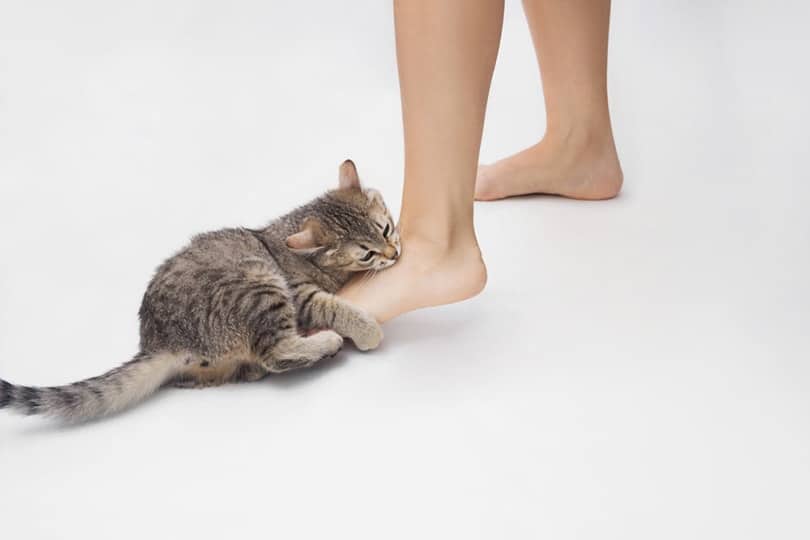Click Below to Skip Ahead
The Brazilian Shorthair Cat is a breed native to Brazil that descended from feral street colonies in the cities. Although they have only been an official breed since the 1980s, they maintain many of the qualities that make them successful at surviving on the streets, including friendliness, high energy, and intelligence.
Brazilian Shorthairs are nearly as versatile as their American or British counterparts, but they tend to be lean and muscular by comparison. These cats adapt well to virtually any environment, from country homes to urban apartments, as long as their needs are met. Still, there are some things to know before you bring one of these cats home.
Breed Overview
Height:
12–16 inches
Weight:
Up to 22 pounds
Lifespan:
5–20 years
Colors:
Black, white, gray, red, brown, cream, tortoiseshell, calico, tuxedo, tabby, bi-color
Suitable for:
Families with kids, attentive owners, multi-pet households
Temperament:
Confident, playful, friendly
Brazilian Shorthair Cats are playful, friendly, and affectionate cats that get along with virtually everyone. Because of their history as a street cat, they adapt well to being indoors or outdoors (though cats should be indoors for their safety) and aren’t as standoffish as some other feral-type cats.
Brazilian Shorthair Cat Characteristics

Brazilian Shorthair Cat Breed Kittens
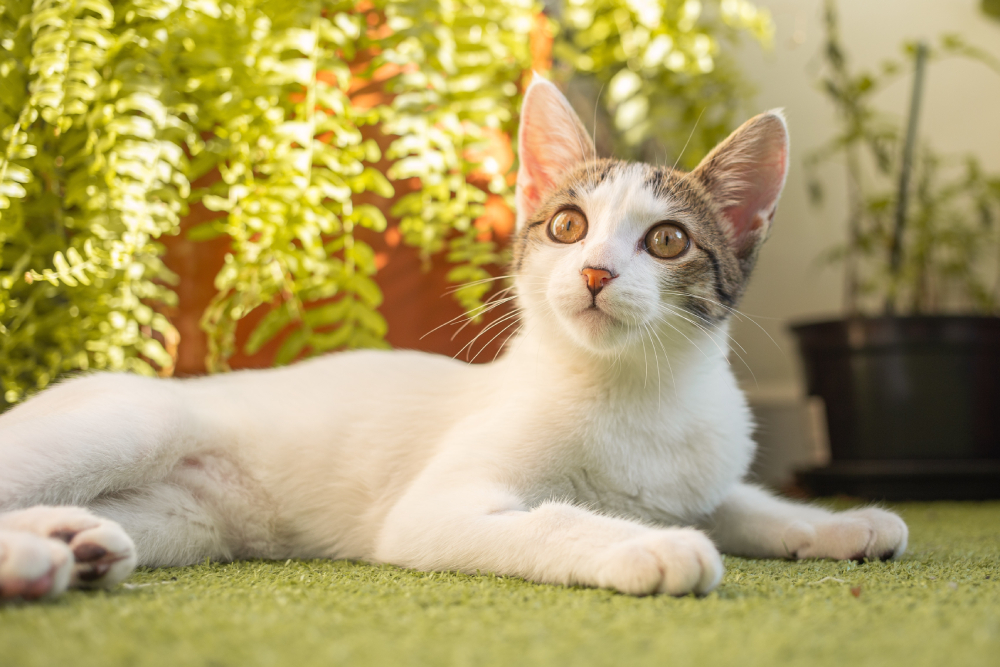
Brazilian Shorthair Cats are still a rarer breed. They’ve only been in breed development for a few decades, so it may take time to find a reputable breeder with healthy, well-tempered kittens. You may need to get on a waitlist for an available litter.
It’s unlikely you’ll find Brazilian Shorthair Cats in shelters or rescues, but it’s worth checking. Typically, older cats of any breed end up in shelters more than purebred kittens. However, a Brazilian Shorthair adult has just as much to offer.
Brazilian Shorthair Cat Breed Origin & History
The Brazilian Shorthair breed originated from the street cats common in Brazil. It’s believed that these cats arrived in Brazil in 1500 CE with Portuguese sailors. When Paulo Samuel Ruschi became interested in the appearance and genetics of street cats in Brazil, he worked with cat breeders to develop the Brazilian Shorthair.
The World Cat Federation approved the Brazilian Shorthair as a recognized purebred cat breed, but it’s still not recognized by the TICA or CFA.

Temperament & Intelligence of the Brazilian Shorthair Cat
Brazilian Shorthairs are sweet and affectionate but also a bit mischievous. They enjoy being part of the family and tend to do a lot of “talking.” Though they will relax and snuggle, Brazilian Shorthairs are active cats that need time and space to run and play. If you tire your cat out with exercise and playtime, your reward is some quality cuddling. These cats are not ideal if you spend a lot of time away and prefer a more independent cat. If you live in an apartment, make sure to provide enrichment like cat trees and toys to give your cat something to occupy their mind.
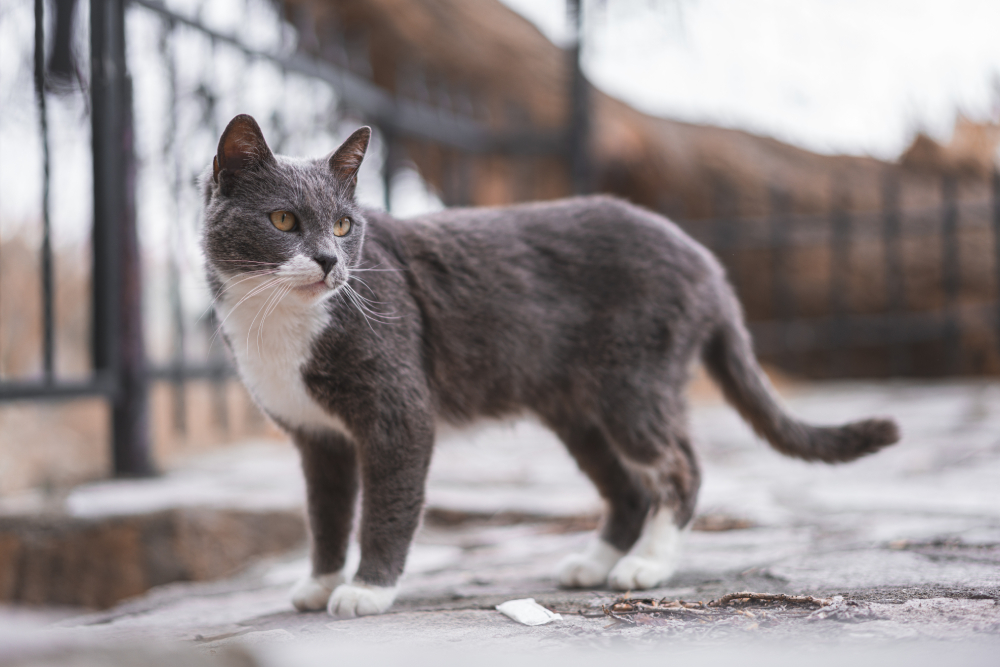
Are These Dogs Good for Families? 👪
Brazilian Shorthairs are excellent family pets. They thrive on family contact and enjoy spending time with their owners. They can be patient with children, but it’s important to supervise young children to ensure they aren’t rough with the cat. Once children are old enough to know how to play gently, they may be left alone together.
Does This Breed Get Along With Other Pets?
Brazilian Shorthairs get along with other cats and can work well with dogs, as long as they’re not chased and harassed. But like all cats, Brazilian Shorthairs have a high prey drive and may chase small animals, so they should never be allowed to interact with rodents, small birds, fish, or reptiles. You should also make sure that your enclosures are cat-proofed.

Things to Know When Owning a British Shorthair Cat
Brazilian Shorthairs are low maintenance and easy to get along with, but they have some special needs that you should be aware of prior to bringing one home.
Food & Diet Requirements 🐡
Like all cats, Brazilian Shorthairs need commercial cat food that meets their specialized dietary needs. Make sure to get food that’s appropriate for your cat’s life stage (kitten, adult, senior) and feed the appropriate amount. Obese cats can develop health problems like cancer, diabetes, and arthritis, and they have a shorter lifespan overall. If you have any concerns about your cat’s diet or body condition, speak to your vet.

Exercise 🐈
Brazilian Shorthair Cats are energetic. They can have some fun on their own with interactive toys and cat scratchers, but you should give them opportunities to play and bond with you. Otherwise, your cat will need to find other outlets for excess energy, such as scratching your furniture, chewing on fabric, and knocking over your knickknacks.
Training 🧶
Brazilian Shorthair Cats are smart and love spending time with people. They’re eager to please and enjoy showing off, so you can teach them basic obedience and some tricks. Brazilian Shorthairs can even be taught to fetch or walk on a leash. Keep in mind that these cats can be stubborn, but they don’t take well to harsh training methods. You have to motivate them.
Grooming ✂️
Brazilian Shorthair Cats have short coats that are easy to maintain. You only need to brush them weekly to get rid of loose hair and keep their skin and coat healthy. Older cats or cats with mobility issues aren’t as good at grooming themselves, so they may need a little more help.
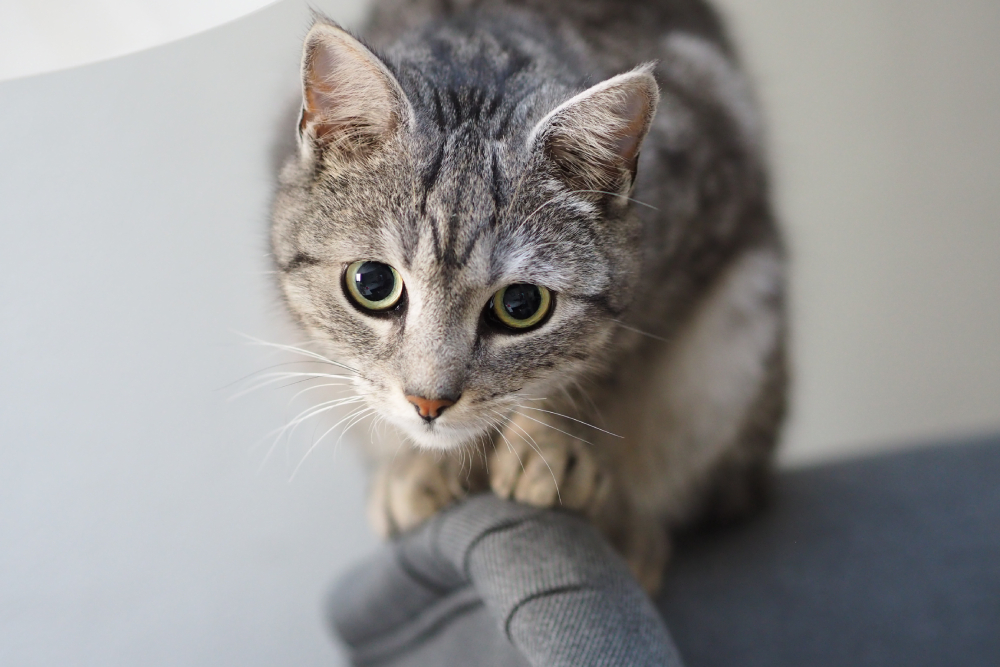
Health and Conditions 🏥
The Brazilian Shorthair Cat is healthier than some purebreds because they developed from common street cats with a diverse gene pool. However, they are prone to diseases that are common among all cats, such as cancer, parasites, viruses, and urinary tract conditions. Fortunately, many of these conditions are preventable with vet care.
- Parasites
- Arthritis
- Obesity
- Cancer
- Feline viruses
- Urinary tract conditions

Male vs Female
The differences between a male and a female Brazilian Shorthair Cat are negligible, especially if you have them spayed or neutered. Fixing your cat prevents some serious health conditions like reproductive cancers and infections, as well as behavioral problems like roaming, vocalization, and some types of aggression. Otherwise, you should consider the cats you currently have in your home and whether they would welcome a cat of the same or different sex.

3 Little-Known Facts About the Brazilian Shorthair Cat
1. They Weren’t an “Official” Breed Until the 1980s.
Brazilian Shorthairs evolved on the streets of Brazil until Ruschi began his breeding project. He created the rules for the breed after studying the genetic and morphological aspects of the cats that roamed the parks, gardens, and streets of Brazilian cities. Modern Brazilian Shorthairs maintain many of those same qualities.
2. They’re Still Not a Widely Recognized Breed.
The World Cat Federation gave the status of “approved breed” to the first Brazilian Recognized Purebred Cat, but they’re still not recognized by other major cat organizations across the world.
3. They’re Different from Other Shorthairs.
Ruschi noted key differences between the feral and street cats in Brazil vs. Europe, ultimately tracing the cats’ origin back to the 15th and 16th centuries and Portuguese sailors. He believed the cat breed descended from cats from the Iberian Peninsula and adapted to the local climate conditions.
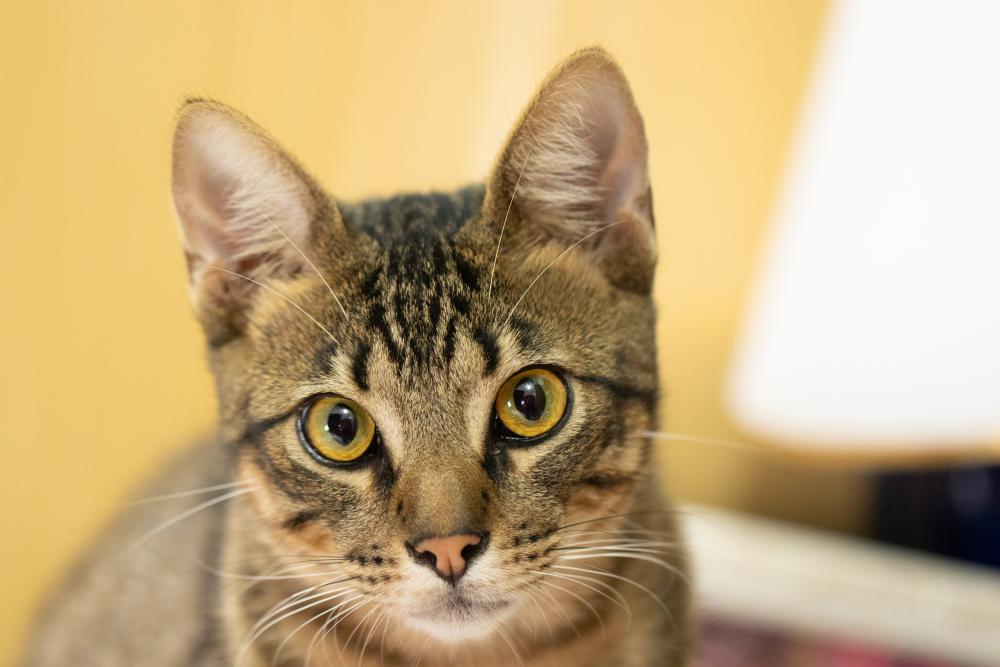

Final Thoughts
The Brazilian Shorthair is the country’s only native breed and just gaining attention in the pet trade. These cats are similar to other Shorthairs in some ways, but they are unique in their intelligence, impishness, energy, and curiosity. These cats work well with most owners and lifestyles as long as you’re attentive and want to spend time with them.
See Also:
Featured Image Credit: Oak Tree Studiostock, Shutterstock

